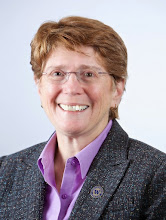Several of my friends have been called for jury duty but never sat on on a trial -- some say they never even got out of the jury assembly room. That's a phenomenon termed "juror utilization" and now analyzed by two statisticians at the Administrative Office of the U.S. Courts: Marika Litras & John R. Golmant, A Comparative Study of Juror Utilization in U.S. District Courts, 3 J. Empirical Legal Studies 99 (2006).
Suppose you have a pool of 100 potential jurors. If 8 are challenged and 12 serve, then you have 80 left. They'd term that 80% NSSC -- Not Serving, Selected or Challenged. The Administrative Office of the U.S. Courts set a goal of keeping that number below 30%.
The authors looked at statistics for all the district courts for an 11 year period (1992-2002). The overall NSSC rate rose during that time, from 34.1% to 39.3%. Surprisingly (to me), there was large variation among the districts -- in 2002, the district courts that used jurors most efficiently had a rate of 6.5%, while the highest rate was 71.2%
The authors analyzed the statistics with respect to lots of other variables. What made the difference? Was it the number of criminal versus civil trials? The number of judges in the district? The number of potential jurors in each panel? Their conclusion: "inefficient use of jurors is largely a function of high juror supply, low juror demand, and constraints on judicial resources."
Filed in: juries, empirical-studies, Administrative-Office-for-the-US-Courts, Litras, Golmant
Tuesday, May 23, 2006
Juror Utilization
Subscribe to:
Post Comments (Atom)

No comments:
Post a Comment